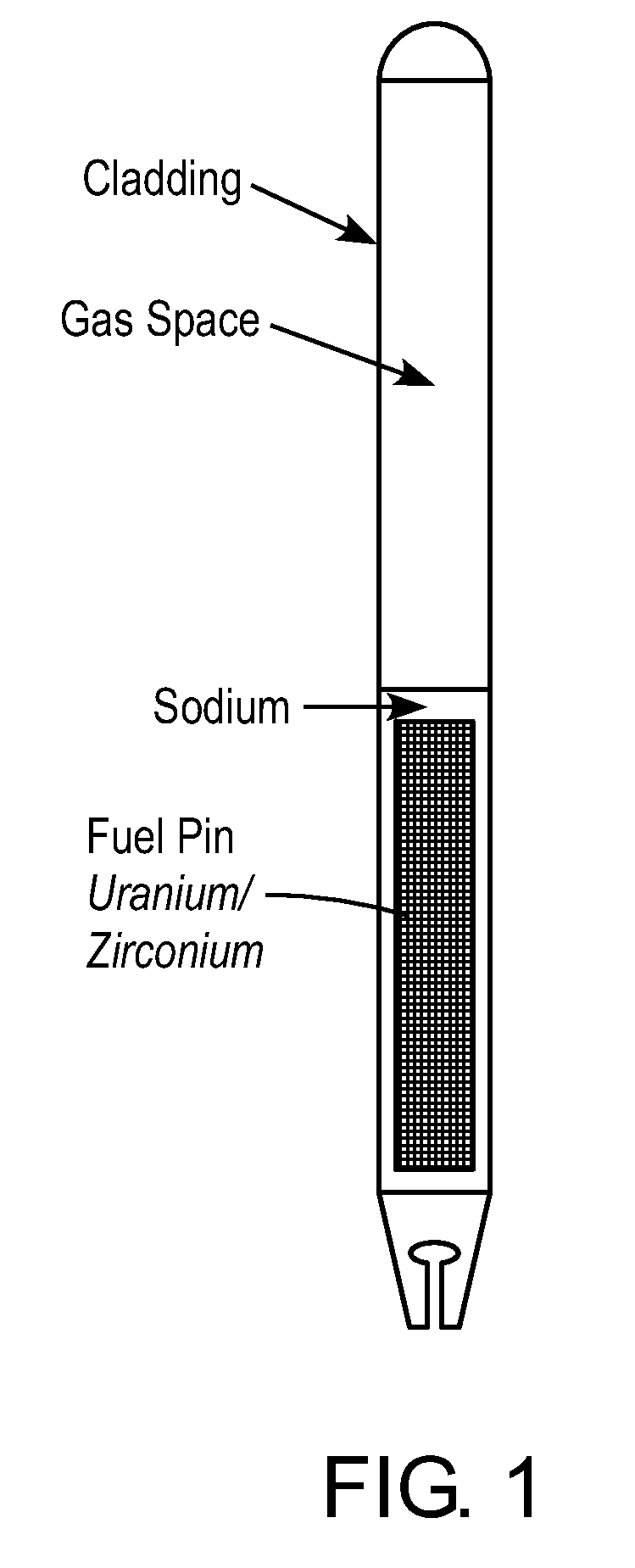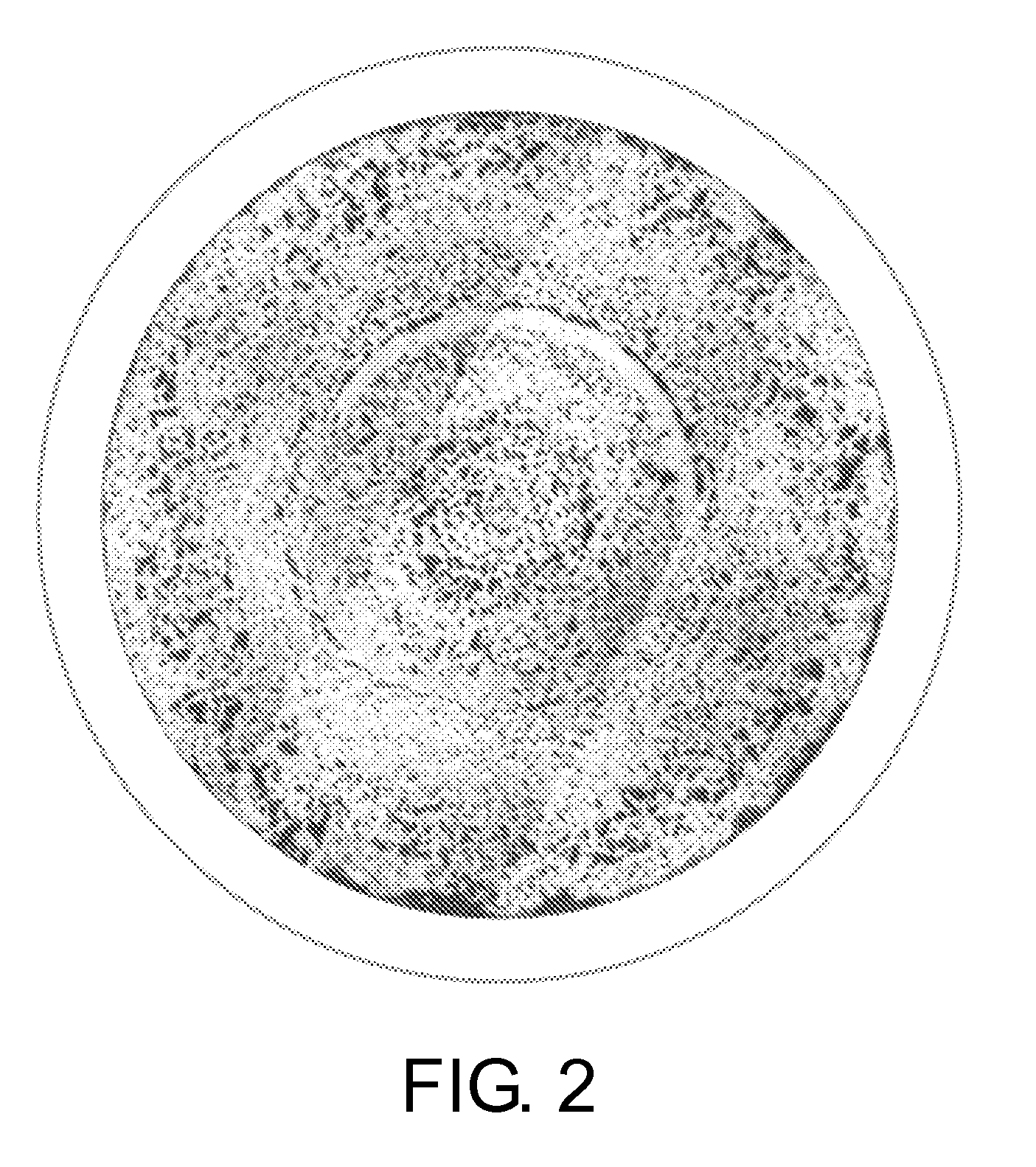Particulate metal fuels used in power generation, recycling systems, and small modular reactors
a technology of particle metal fuel and power generation, applied in the field of particle metal fuel, can solve the problems of increasing energy supply from other sources, not scaling up sufficiently, and insufficient additional electric generation capacity in most cases, so as to eliminate on-site refueling needs, fix fuel costs, and eliminate the effect of refueling needs
- Summary
- Abstract
- Description
- Claims
- Application Information
AI Technical Summary
Benefits of technology
Problems solved by technology
Method used
Image
Examples
Embodiment Construction
[0030]A metal particulate fuel system is described. The metal fuel system may include particulate metal fuel for use in nuclear reactors. The particulate metal fuel may include a plurality of particles of at least one enriched alloy where the particles are compacted into a fuel column. The metal particulate fuel system may also include a cladding and / or a gas-filled plenum.
[0031]A metal fuel system 301 according to an embodiment of the present invention can be seen in FIG. 3. A fuel cladding tube 303 may be provided. Cladding dimensions may depend on reactor design. For existing reactor designs, cladding outer diameter ranges from approximately 0.5 to approximately 1.5 cm and wall thickness ranges from approximately 0.03 to approximately 0.08 cm. The fuel cladding tube 303 may be composed of low swelling HT-9 or oxide dispersion strengthened (“ODS”) HT-9. Other compositions or additional materials may be used for various applications. The fuel cladding tube 303 may be any low-swelli...
PUM
| Property | Measurement | Unit |
|---|---|---|
| volume ratio | aaaaa | aaaaa |
| volume ratio | aaaaa | aaaaa |
| diameter | aaaaa | aaaaa |
Abstract
Description
Claims
Application Information
 Login to View More
Login to View More - R&D
- Intellectual Property
- Life Sciences
- Materials
- Tech Scout
- Unparalleled Data Quality
- Higher Quality Content
- 60% Fewer Hallucinations
Browse by: Latest US Patents, China's latest patents, Technical Efficacy Thesaurus, Application Domain, Technology Topic, Popular Technical Reports.
© 2025 PatSnap. All rights reserved.Legal|Privacy policy|Modern Slavery Act Transparency Statement|Sitemap|About US| Contact US: help@patsnap.com



